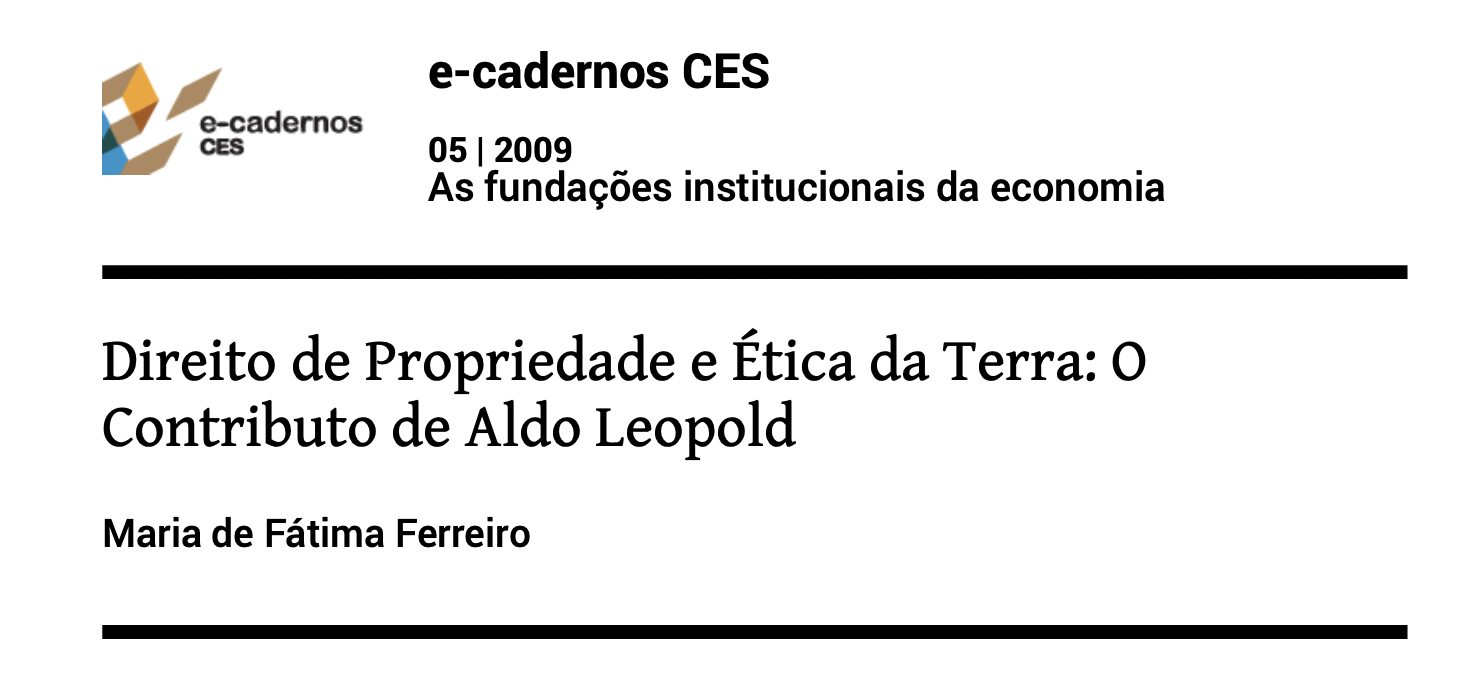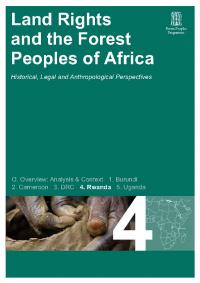THE ROHINGYAS Bengali Muslims or Arakan Rohingyas?
In recent months, the Rohingyas have been making headlines again. Who are they?
It was reported1 recently that Myanmar Foreign Minister U Nyan Win had told his ASEAN2
counterparts in Hua Hin, Thailand, prior to the ASEAN Summit, that the SPDC is "willing to
accept the return of refugees from Myanmar if they are listed as Bengali Muslim minorities but
not if they are Rohingyas, because Rohingyas are not Myanmar citizens". What does this
signify? To the uninitiated, what difference does it make if they are Bengalis or Rohingyas? Are
MYANMAR: No end in sight for internal displacement crisis. A profile of the internal displacement situation
Displacement as a result of conflict and human rights violations continued in Myanmar in 2008. An estimated 66,000 people from ethnic minority communities in eastern Myanmar were forced to become displaced in order to avoid the effects of armed conflict and human rights abuses. As of October 2008, there were at least 451,000 people reported to be internally displaced in the rural areas of eastern Myanmar. This is however a conservative figure, and there is no information available on figures for internally displaced people (IDPs) in several parts of the country.
Land rights and the forest peoples of Africa - 4 - Rwanda
Land rights and the forest peoples of Africa - Historical, legal and anthropological perspectives
A series of five country studies, plus a broad overview, examining indigenous peoples' land rights in the forested countries of Africa.
The Karen struggle (Video)
Untold stories in Myanmar obscured by the catastrophic Cyclone Nargis...based on a media trip organised by Burma Campaign UK
Rural Households
...This study will examine the food (rice) availability at the national level using the official and FAO data. Second, a case study in the rice deficit region (Dry Zone) will present the characteristics and food security status of the farm and non-farm rural households (landless) and the determinants of food security. The Dry Zone was chosen to study because the EC & FAO (2007) classified this region as the most vulnerable area of the country. Furthermore, the FAO projected that the Net Primary Production would be decreased significantly in the Dry Zone in the next two decades.
A Review of Land Tenure Policy Implications on Pastoralism in Tanzania
A review of policies and interventions effecting pastoralists in Tanzania, including consequences on livelihoods, social relations and access to resources including land.
Ecotourism in Northern Kenya Policy Brief
This policy brief focuses on ecotourism in north-eastern Kenya and is based on the analysis of two key existing ecotourism industry models in Laikipia and Isiolo. The purpose of the work was to provide the Government of Kenya (GoK) policymakers and private sector investors with a deeper understanding of the eco-tourism industry already established in the region. As highlighted, the study is based on two different ecotourism models (and four enterprises) in pro-pastoral communities in Laikipia and Isiolo using a framework of common qualitative measures of analysis.
Since we have this land together"; A pastoral community in institutional management of communal resources.
In Kenya, the pastoral Maasai’s districts have been the vanguard in rangeland tenure transitions and experimentation as pastoralists’ territory gave way to communal group ranches and to individual land holdings under diverse land-use activities. The tenure transformations have been accompanied by institutional and socio-economic changes that have had bearings on local communities’ capacities for collective action, pastoral livelihoods, and environmental sustainability.
The impact of subdivision and sedentarization of pastoral lands on wildlife in an African savanna ecosystem
This study looks at the impact of subdivision and sedentarization of pastoral lands on wildlife numbers and production in a savanna ecosystem of southern Kenya. The study uses aerial counts over a period of 33 years to compare changes in wildlife populations on two adjacent and ecologically similar Maasai group ranches. During the period under study, one group ranch was subdivided and settled. The other remained communally owned under shifting seasonal use.
Book 'Gender and Agrarian Reforms' highlights the gendered impacts of global agrarian reform
Through case studies from Asia, Africa, eastern Europe and Latin America, this book by Manchester Metropolitan University’s Susie Jacobs presents an overview of global gender and agrarian reform experiences. Recognising the widespread marginalisation of gender issues from policy and theoretical discussions of agrarian reform, Jacobs attempts to highlight the profound implications that redistribution of land has for women and for gender relations. The book compares land and agrarian reforms in which land has been redistributed collectively and to individual households.
Natural Conservationists? Evaluating the Impact of Pastoralist Land Use Practices on Tanzania's Wildlife Economy
The land management practices of pastoralist Maasai communities have a major bearing on landscapes and wildlife habitats in northern Tanzania. Pastoralists manage lands according to locally devised rules designed to manage and conserve key resources such as pastures and water sources. Dry season grazing reserves are an important part of traditional land management systems in many pastoralist communities, providing a ‘grass bank’ for livestock to consume during the long dry season when forage invariably becomes scarce and domestic animals are stressed for water and nutrients.





